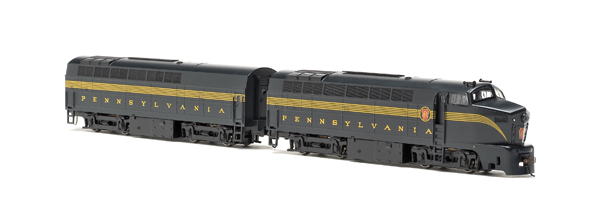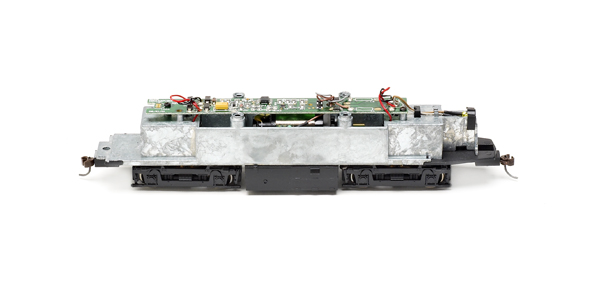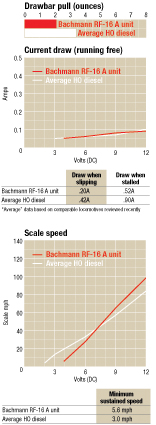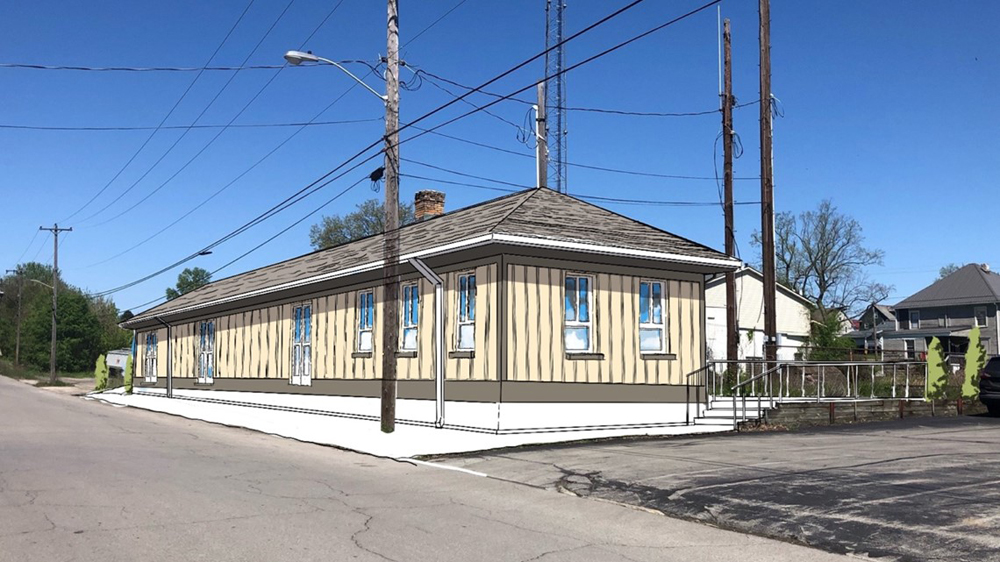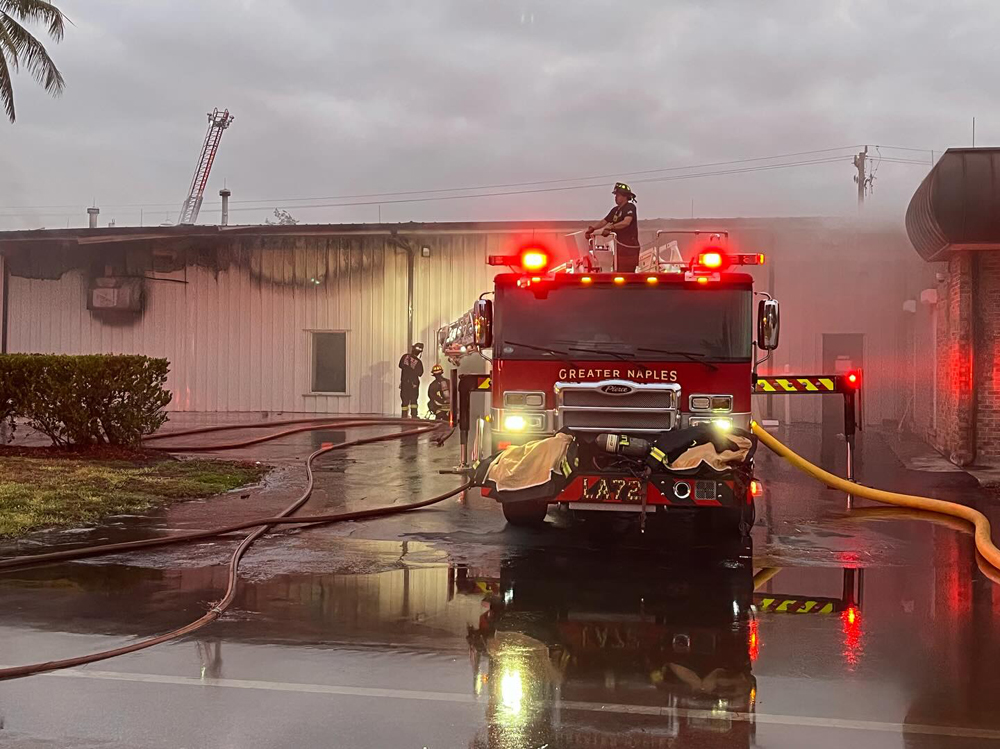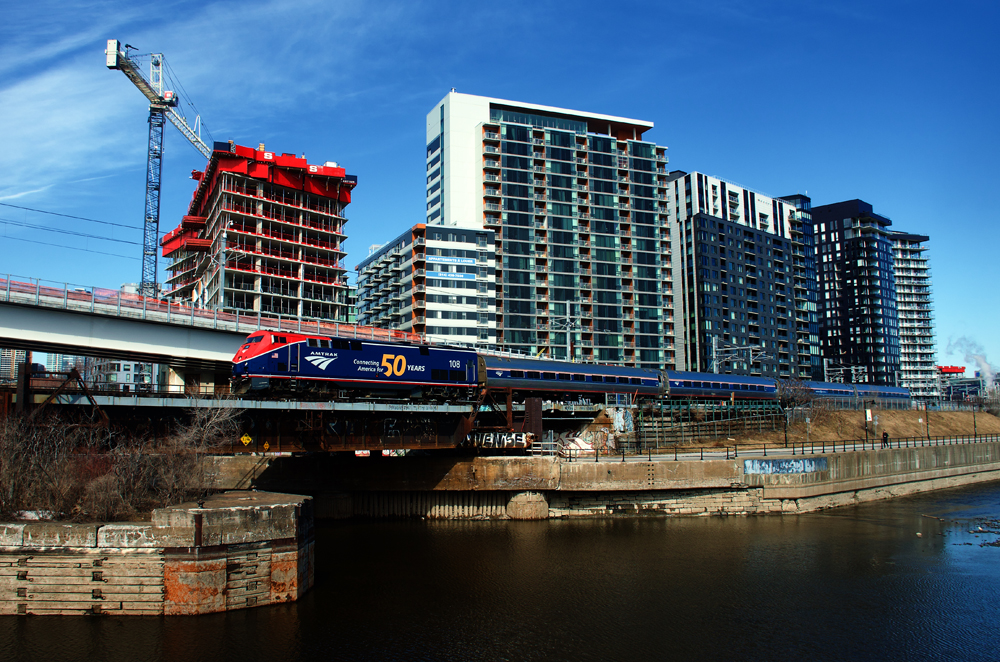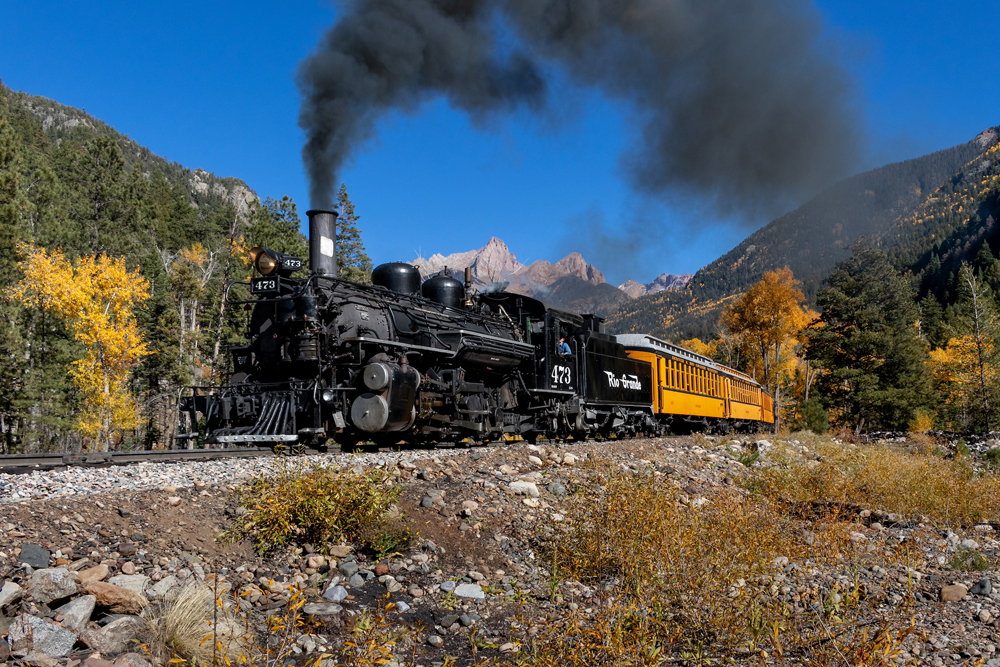Between 1950 and 1954, Baldwin sold just 109 cab units and 51 boosters. All had been sent to the scrapper by 1966, but in 1974, two locomotives – units 1205 and 1216 – were put back in service by the Delaware & Hudson.
Bachmann sells A and B units separately in Pennsy, NYC, B&O, and two D&H A units. The locomotives are also available in a red-and-white demonstrator paint scheme.
The plastic body shell is crisply painted, with all striping and lettering sharp and opaque. The five stripes on our Pennsylvania sample model remained sharp and distinct as they merged to a point on the locomotive’s nose. The stripes on our sample were interrupted by the recessed cab doors, while prototype photos show the stripes extending across these doors. The paint schemes on the other road names match prototype photos.
Factory-applied grab irons, raised rivet detail, and clear window glazing with thin painted-on mullions and windshield wipers add to the realism.
The Bachmann DCC decoder is secured on top of the motor enclosure with screws. Its leads are attached to the wheel wipers, motor and headlight directly, rather than through a NMRA-style socket, so upgrading the decoder to add sound will require some fine work.
The engine’s low-speed performance was vastly improved in DCC mode. At speed step 1, the engine crept along at 0.2 scale mph. The motor noise was very noticeable at this speed, however. At speed step 28, the diesel topped out at 90.1 scale mph.
There are no backup lights, but the decoder does have contacts to support their installation. The headlight turns off when the engine is in reverse, a practice not followed on the prototype.
The A unit’s drawbar pull of 2.1 ounces is equivalent to 29 standard HO scale freight cars on straight and level track.
The A and B units performed well together in a multiple unit arrangement. However, the A and B units couple together at a scale 41″ apart, which is 13″ farther than the prototype. Both models negotiated 18″ radius curves.
Bachmann is performing a real service by providing an inexpensive model of these distinctive diesels. They would look right at home heading up a coal drag or a mixed freight on an eastern road.
Price: $75 (powered A or B unit)
Manufacturer
Bachmann Trains
1400 E. Erie Ave.
Philadelphia, PA 19124
www.bachmanntrains.com
Description: Plastic and metal, ready-to-run locomotive
Paint schemes: (A and B units) Baldwin demonstrator, Baltimore & Ohio RR (unnumbered), New York Central RR (black with lightning stripe, unnumbered), Pennsylvania RR (Brunswick Green, five-stripe, unnumbered), (A units only) Delaware & Hudson RR nos. 1205 and 1216 (blue and silver warbonnet)
All wheel electrical pickup
Automatic dual-mode Digital Command Control (DCC)
Blackened nickel-silver RP-25 contour wheels (in gauge)
Can motor with brass flywheel
Dimmable headlight in DCC
Drawbar pull: 2.1 ounces
E-Z Mate Mark II magnetic knuckle couplers front and rear (at correct height)
Lighted number boards (A unit)
Factory-applied grab irons
Minimum radius: 18″
Weight: 10.75 ounces (A unit), 10.5 ounces (B unit)





